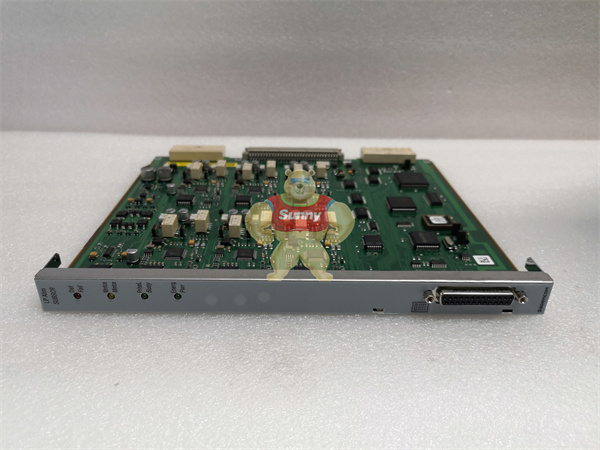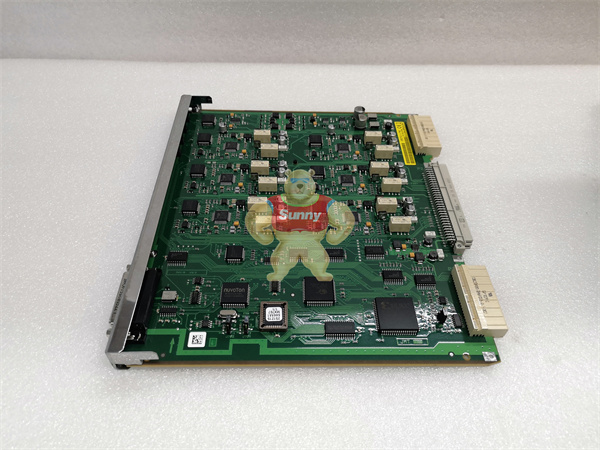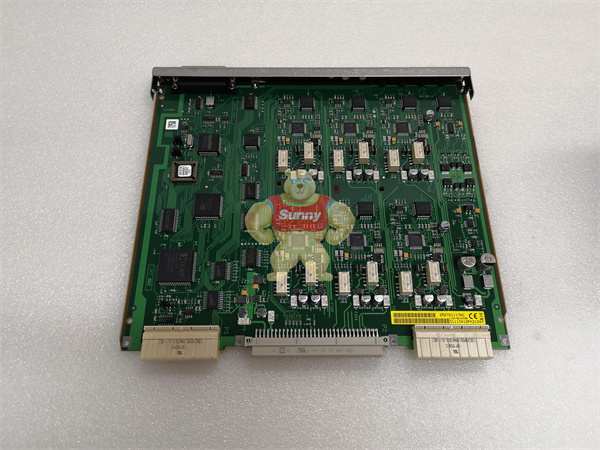4. Multi-source heterogeneous data problem of intelligent manufacturing
With the promotion of intelligent manufacturing projects during the 13th Five-Year Plan period, most of the key enterprises in the main fields of Chinese manufacturing have completed digital and network transformation, most of them have introduced digital tools and information software, and built digital factories. Data has gradually become an important factor of production for enterprises. However, the value of data is always unable to be reflected in the value of manufacturing and products, especially in the face of complex multi-source heterogeneous data of different types.
At present, data analysis is mainly carried out by using a certain kind of data in the information system. Due to the lack of tools and methods to solve the problem of industrial big data clutter, and the data generated in different links have different characteristics, so how to solve the common data problem and characteristic data problem of intelligent manufacturing, and how to effectively use these data to achieve human-machine collaboration scenario of intelligent manufacturing, It is a key direction in the cross research of data science and mechanical engineering.
(1) Processing and standardization of complex and heterogeneous big data in manufacturing industry With the popularization of sensors and 5G networks, enterprise production data, operation data, equipment data, quality data and material and energy consumption data are all collected online, and industrial data presents massive explosive growth. However, limited by the limited modeling and presentation capabilities of existing technologies, Its processing and identification accuracy of complex heterogeneous data can not realize the value creation of industrial data. Through the introduction of data mining and machine learning methods, the establishment of universal standardized specification model and unified data standards can better identify the characteristics of industrial data, and solve the problem of large, scattered and large industrial data.

SAGEMCOM 252721117AC

SAGEMCOM 252721117AC

SAGEMCOM 252721117AC
(2) Intelligent scheduling for whole process data flow With the increasing number of digital equipment in the production line, the orderly flow of data generated by different equipment constitutes the whole process of manufacturing data flow. Through the integration of data flow and production process, the enterprise scheduling changes significantly. In-depth intelligent data collection and mining are carried out for data information related to planning and scheduling, material balance, predictive maintenance and other dimensions involved in the production process of enterprises, and intelligent scheduling algorithm modeling is carried out for flexible assembly, JIT production, mixed production and other different business scenarios involved in the production planning and scheduling process. It can better analyze various production and business indicators of enterprises from different angles, discover rules, warn anomalies, improve emergency capacity, and finally achieve the purpose of monitoring production activities, providing production efficiency, and supporting the production balance of enterprises.
With the rapid development of 3D processing capability of intelligent terminals and the emergence of low-cost sensing and display components, the virtual world and the physical world can be connected through intelligent terminals. However, due to the characteristics of big data in the industrial field, the collection and identification accuracy of human-computer interaction scenes is low, and the efficiency and degree of human-computer interaction cannot meet the needs of industrial scenes. The independence and weak cooperation of each link of manufacturing lead to the poor universality of intelligent equipment. Through the establishment of human-computer interaction scenarios driven by data flow, virtual information technology and real economy can be comprehensively, deeply and intelligently coupled in the whole process of production and manufacturing and in various fields. Through real-time update and precise control of data information, integrated optimization modeling research of design, process, manufacturing, management and logistics can be carried out. It can improve the precision of manufacturing execution and process control, and solve the common problems of human-computer interaction and integration.
In combination with manufacturing data DAAS, data transmission, perception interaction and other resources, state perception, virtual reality presentation, man-machine collaboration and precise execution of enterprise business management are established from five dimensions of research and development design, production and manufacturing, industrial assembly, industrial detection and remote operation and maintenance, and automatic data flow, perception analysis and decision execution are realized by visual presentation. It is of great significance to accelerate the realization of intelligent manufacturing to support the development of digital economy to realize the virtual-real integration scene of industrial data, so as to continuously drive, improve and enhance the production process, reduce the uncertainty of complex production system, and promote the spiral rise of business management level of each dimension of the production process.
 1 Year Warranty
1 Year Warranty




